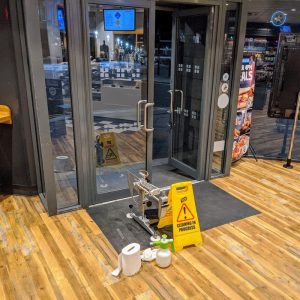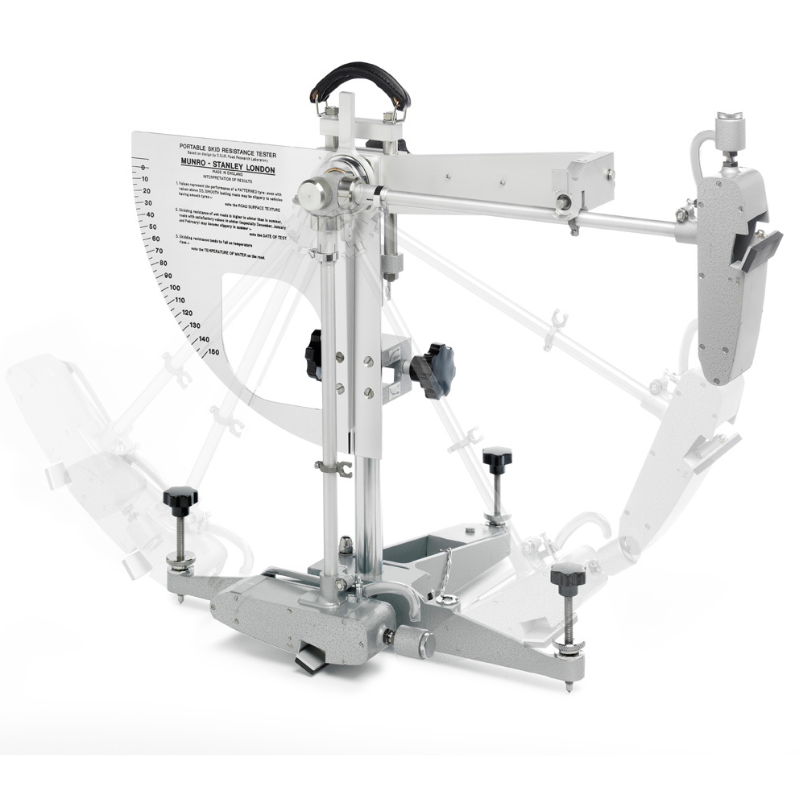Work in hotels? Cooks and kitchen workers? It is very important to check the flooring in hotels. In the lobby of the hotel there is a large passage of people from time to time and the place may be an option for slipping. In hotel kitchens there are many contaminants, wet floor, food on the floor and as a result the danger of slipping
Main reasons for slipping
In hotels the main reasons for slipping are:
– A large number of people coming and going
– Wet floor as a result of cleaning, liquids on the floor
– Poor maintenance
– Improper floors
– A quick descent down the stairs in the hotel
– kitchen
Hotel Floor Testing Service
Munro’s Slip Resistance Testing Service Performs a slip test using the Pendulum Tester. HSE’s preferred in situ test method BS 7976. Whether you are looking to improve the defensibility of spurious slip injury claims, or provide those who hold to purse strings with clear evidence of a problem, Munro’s pendulum slip test service is likely to be a sound investment.
Hotels Wet Pendulum Slip Ratings
Low: 36+
Moderate: 25-35
High: 0-24

The HSE classify PTV’s of 36 or greater as a “low risk of slip”. Research suggests that this equates to a 1 in 1,000,000 chance of losing grip. In terms of slip injury legal cases, it is this ‘low risk’ classification cut-off that is considered the decider of whether the surface is safe or slippery.




